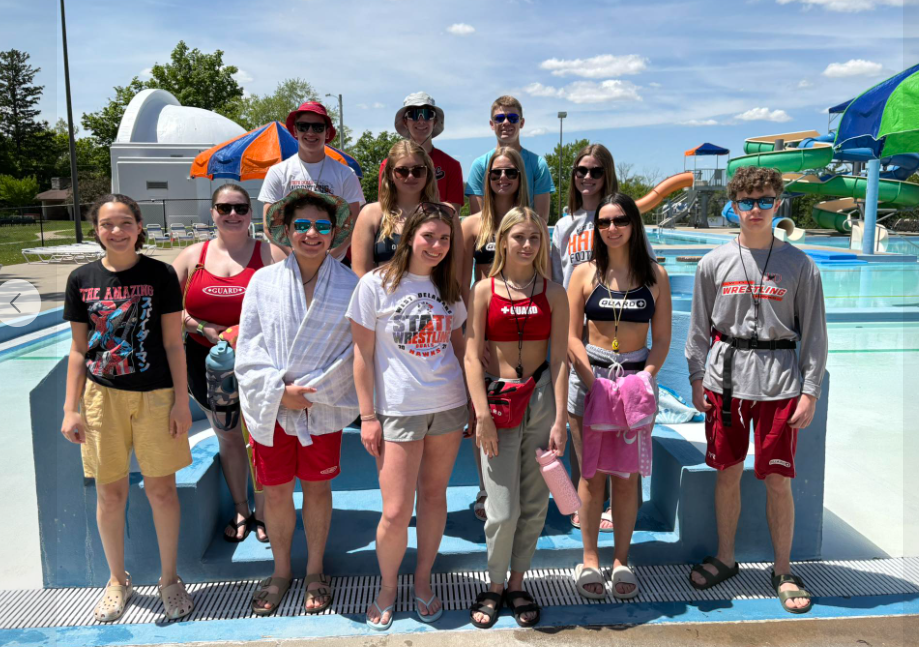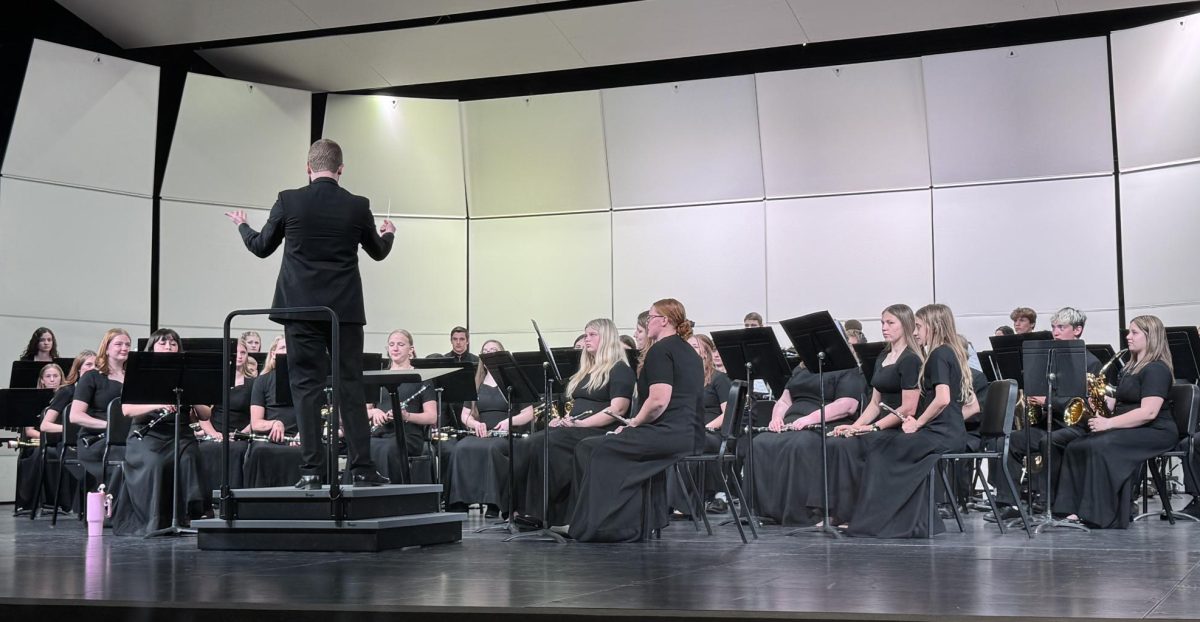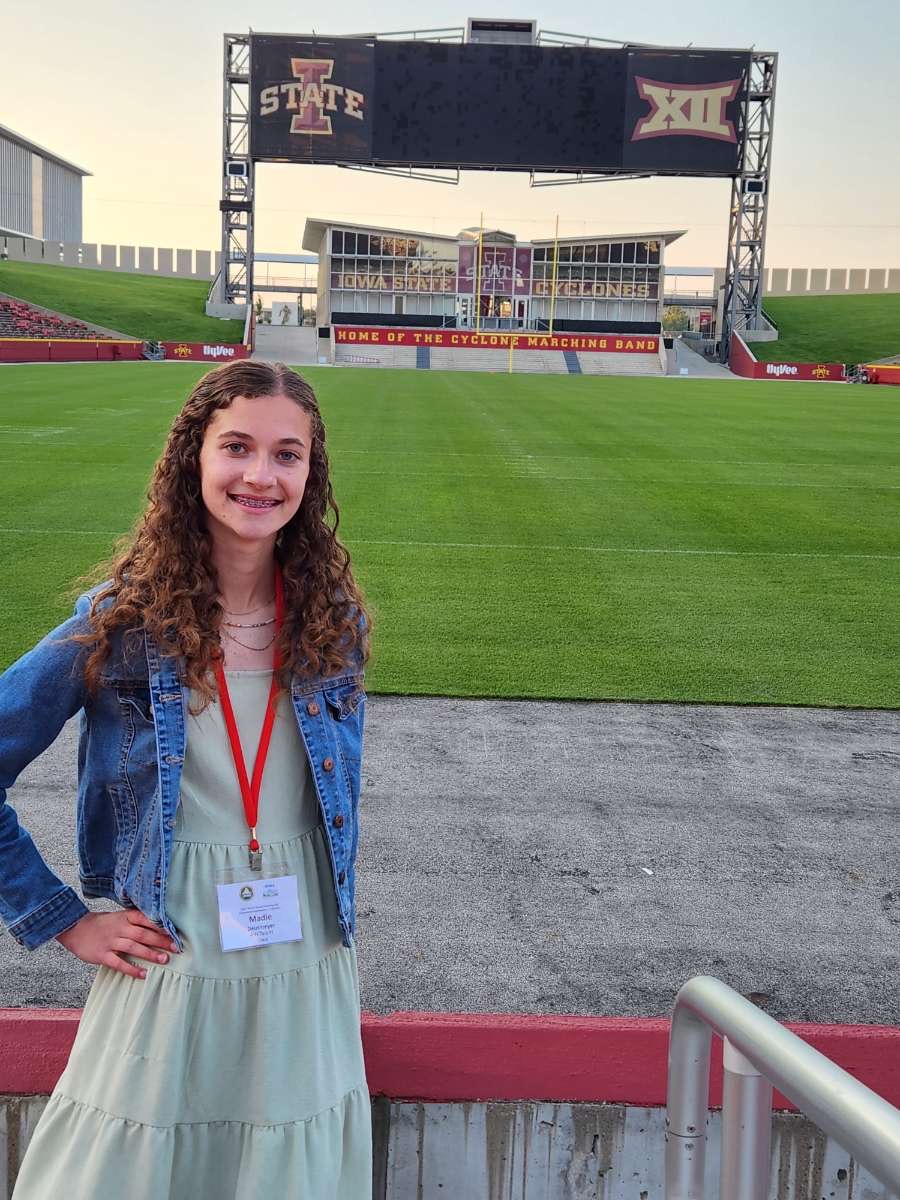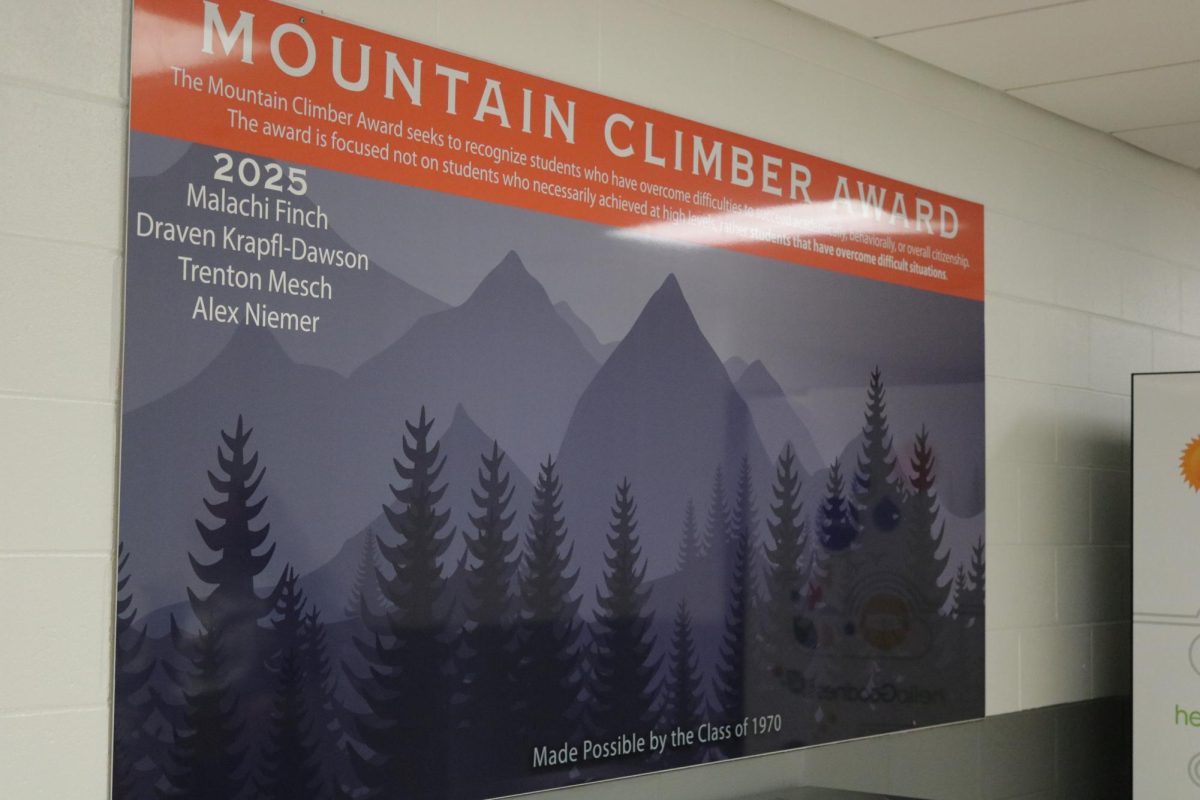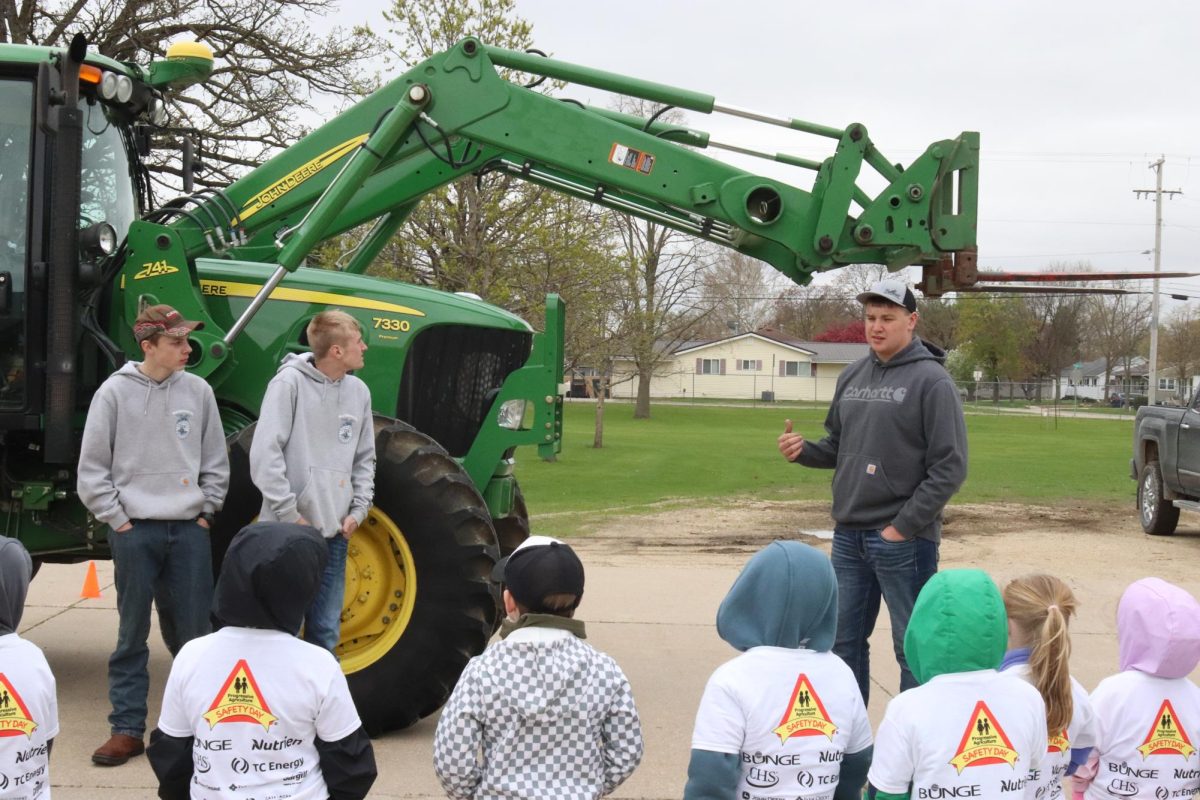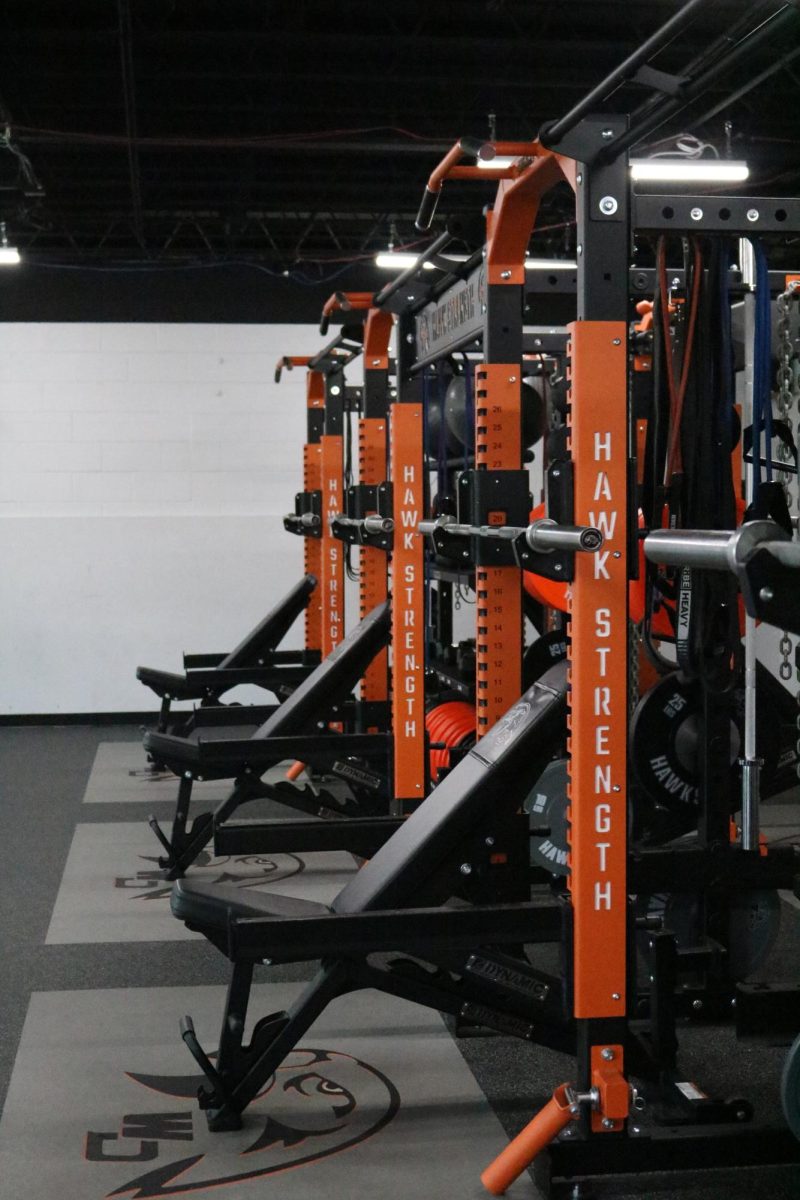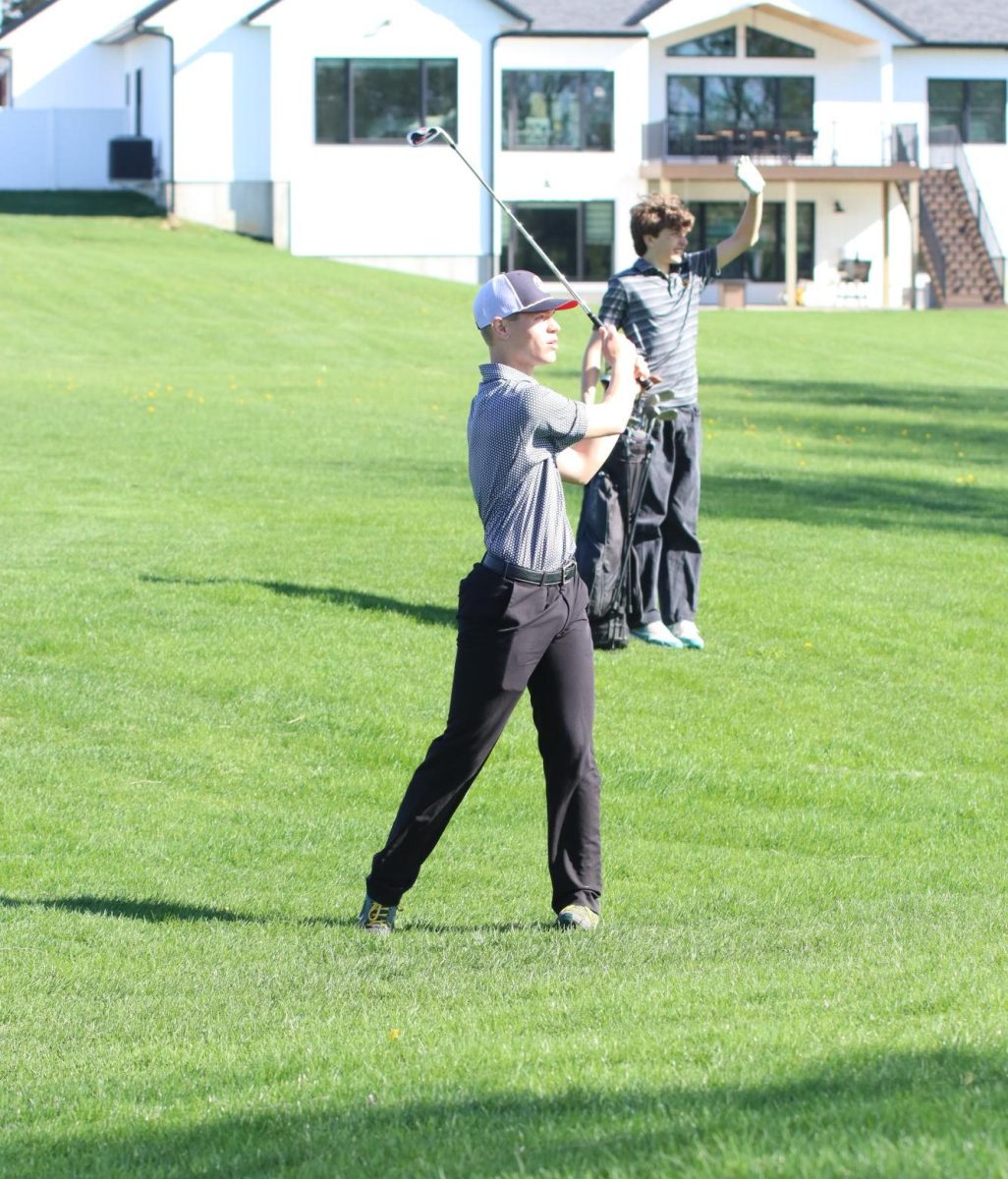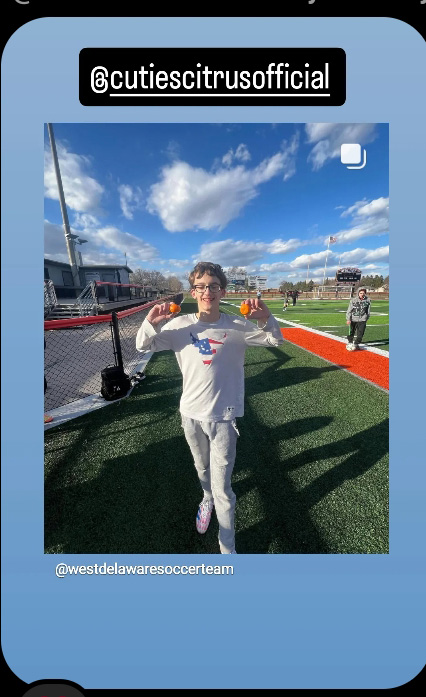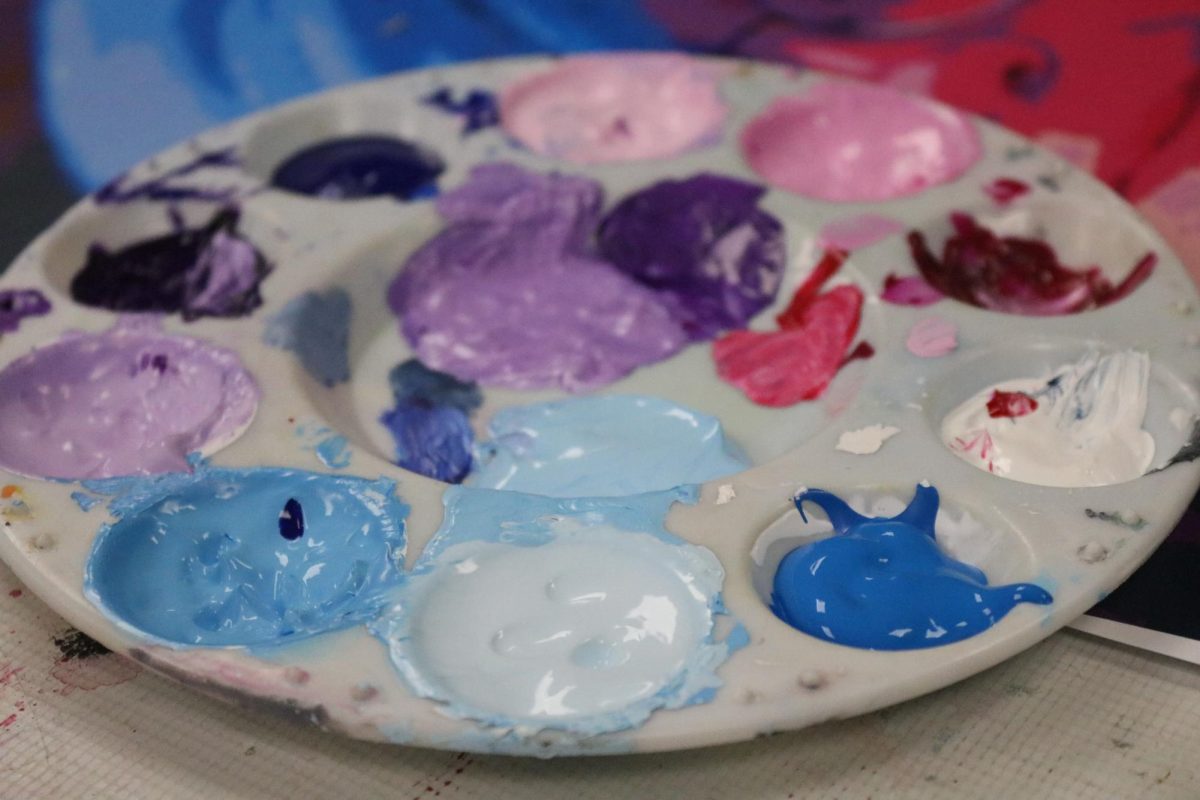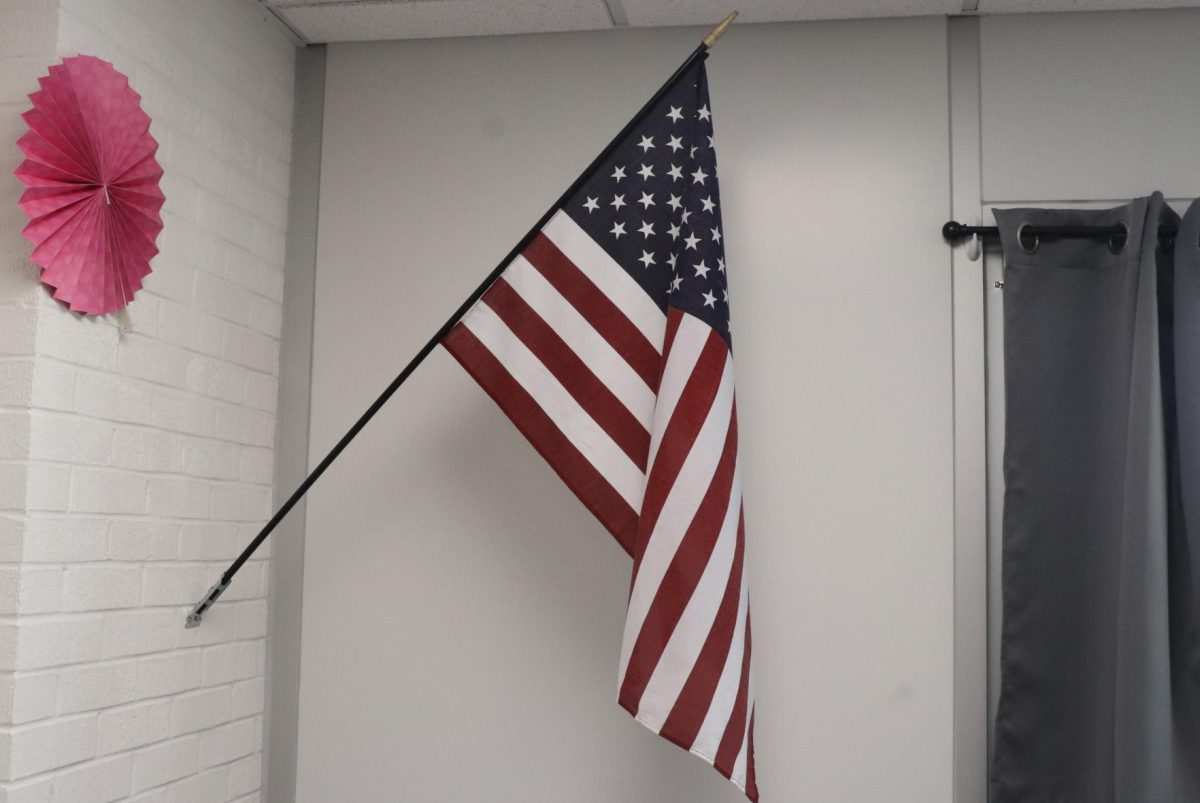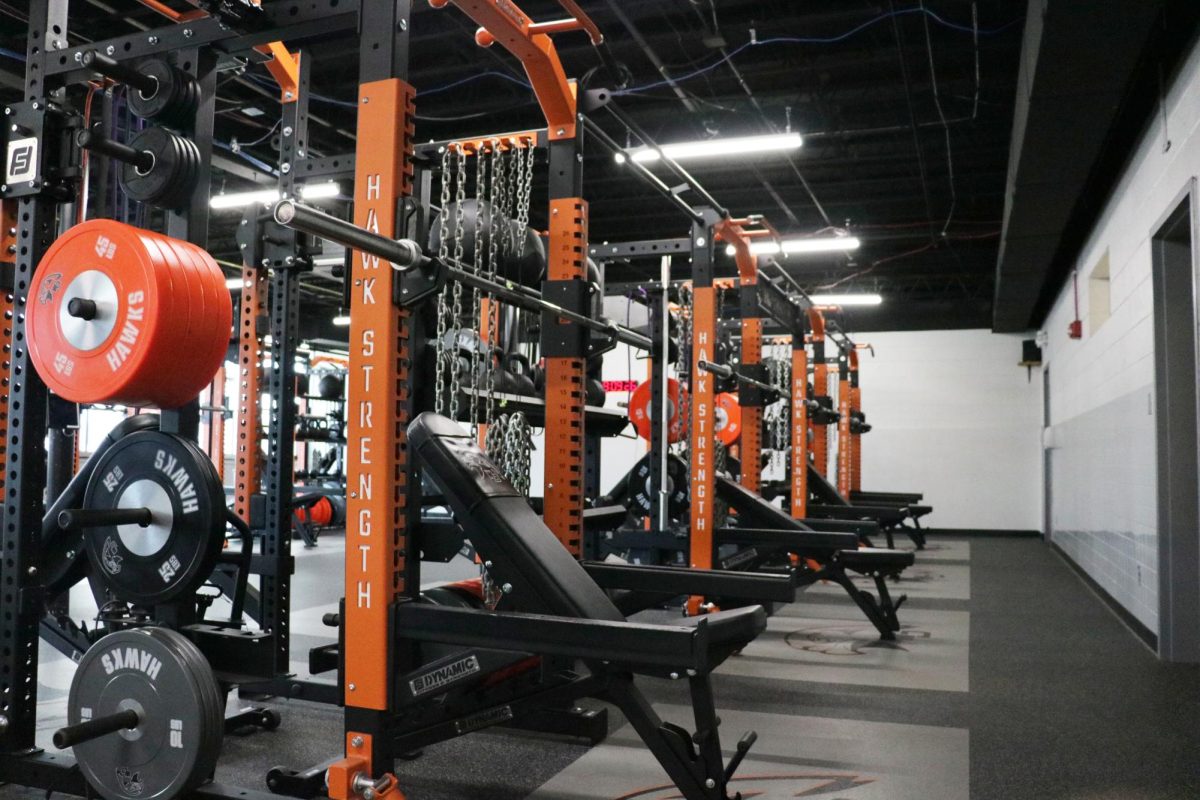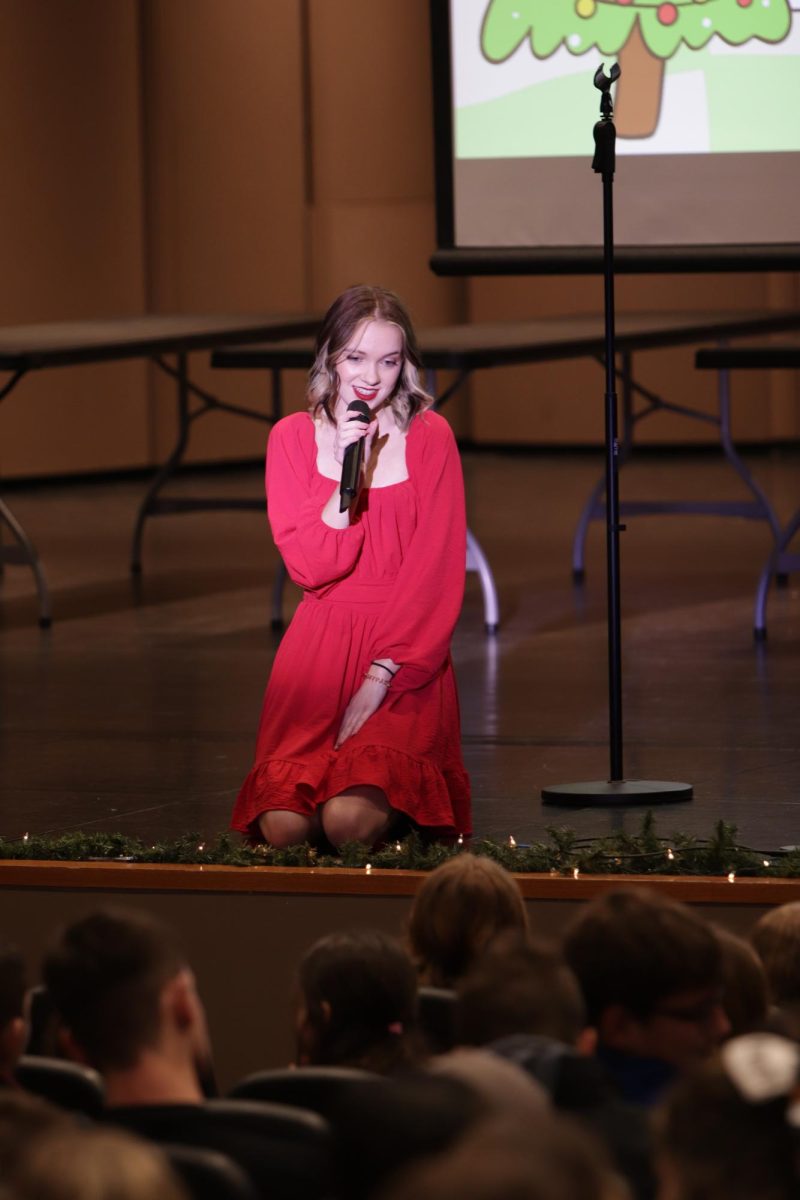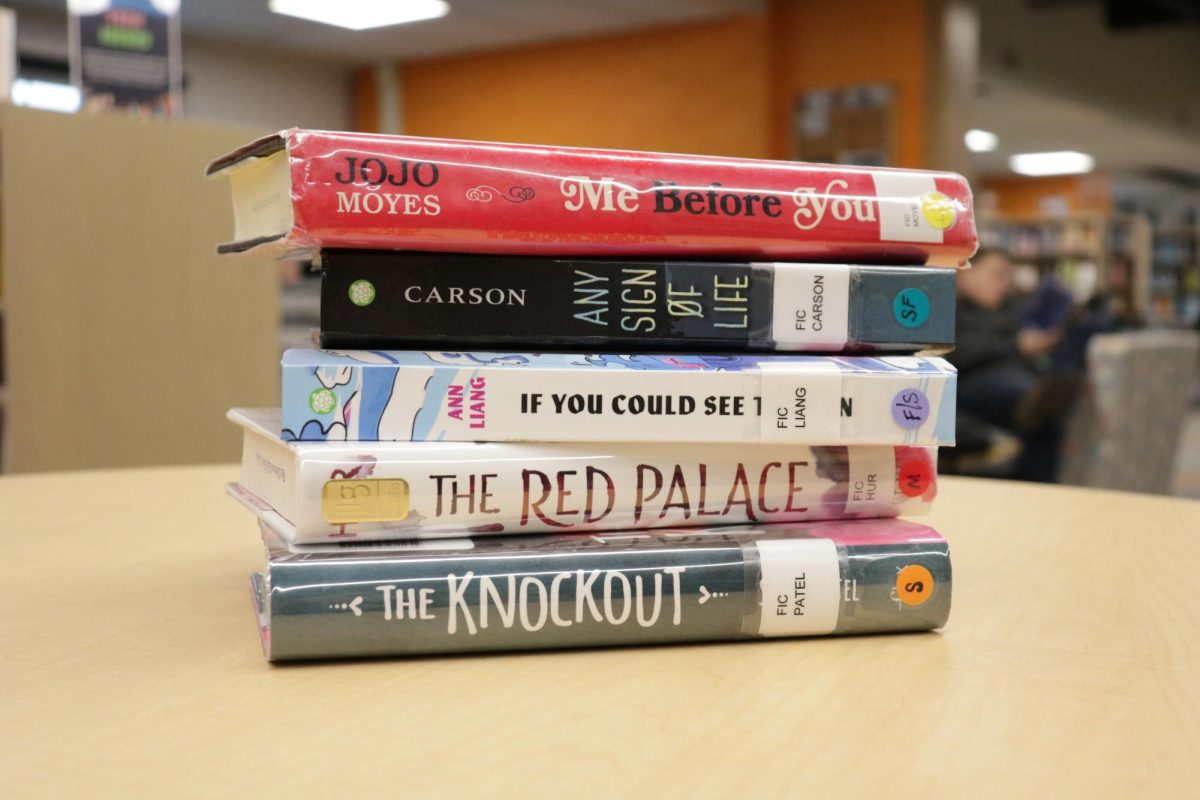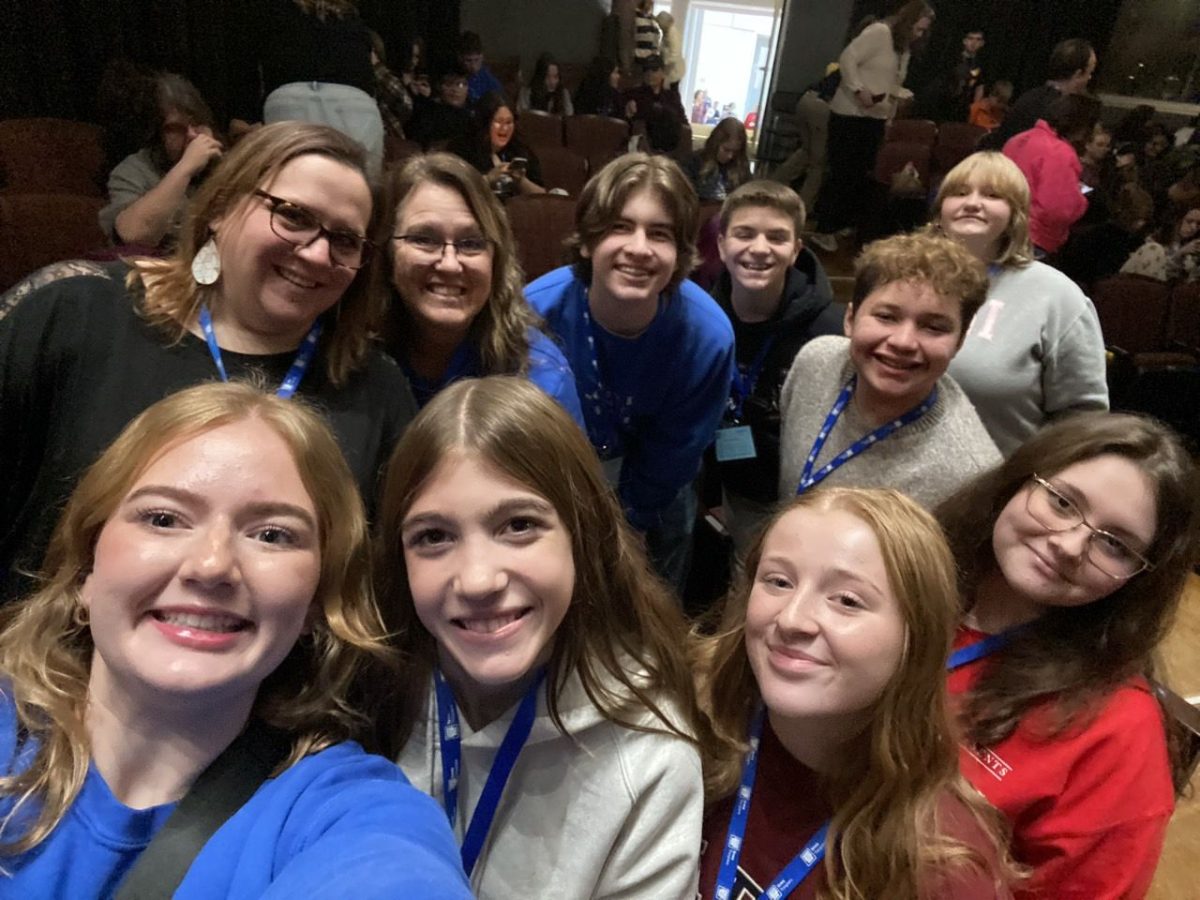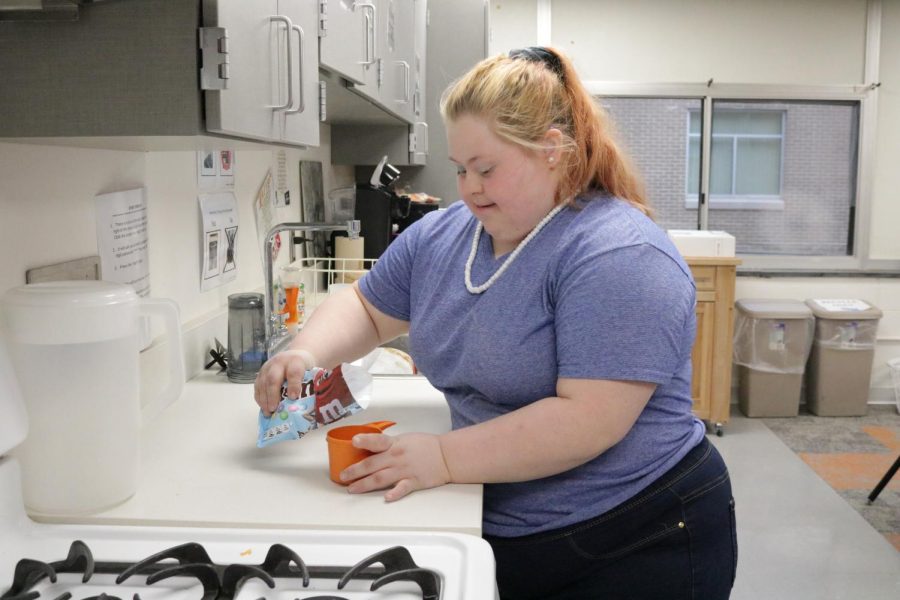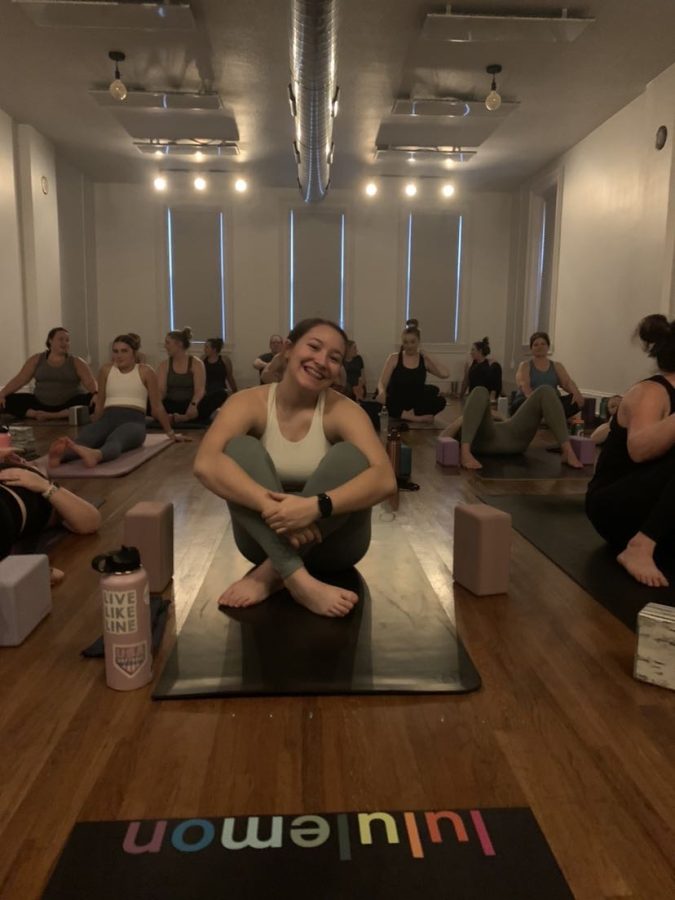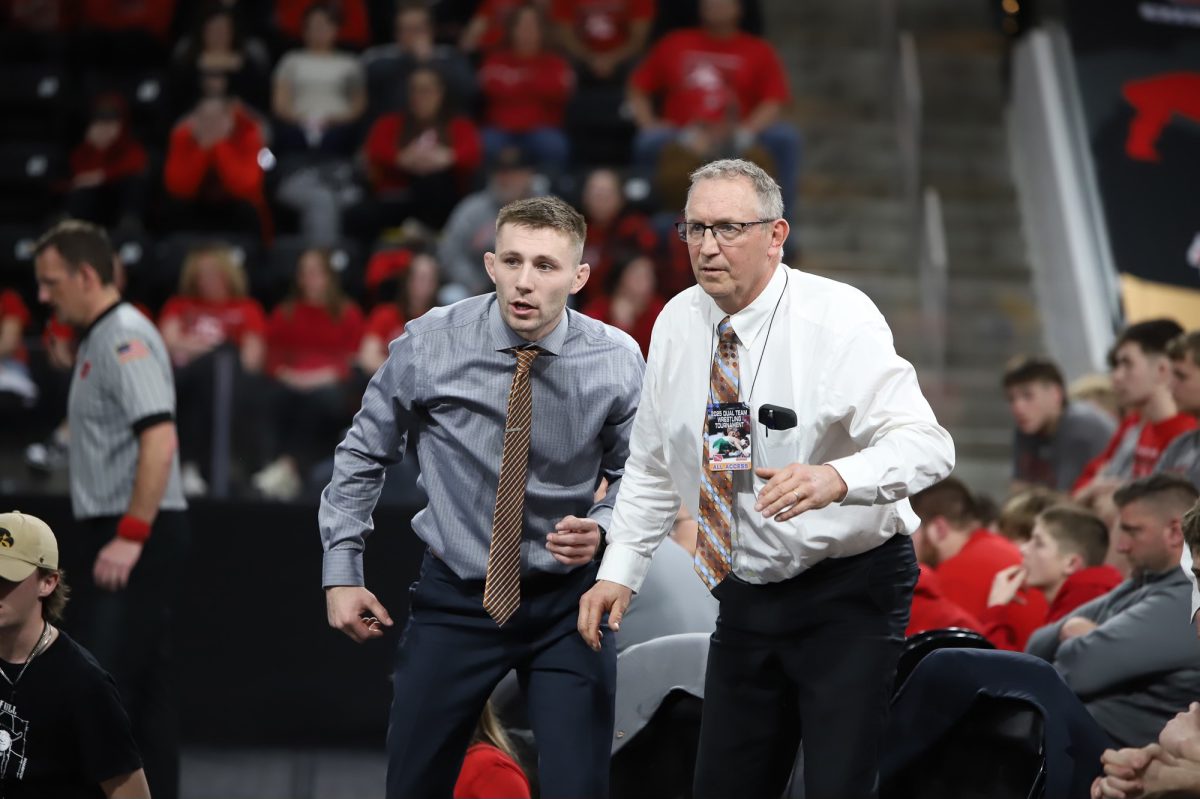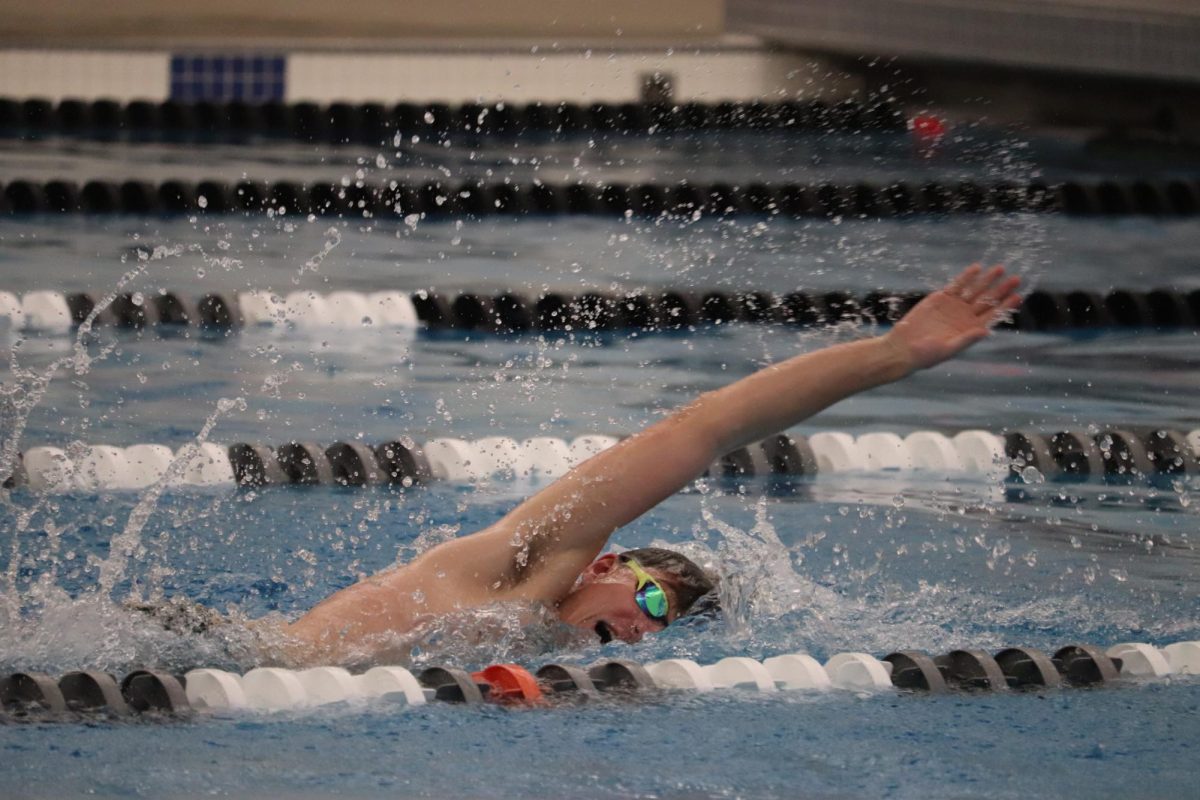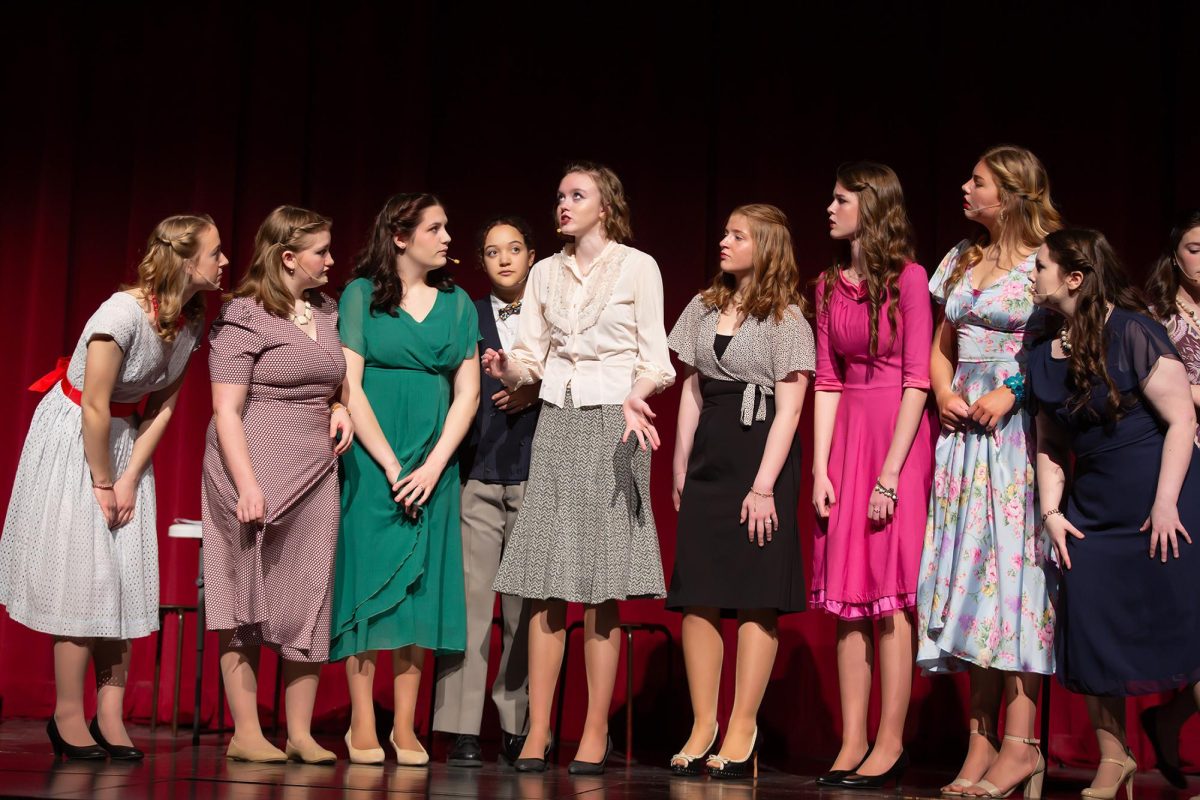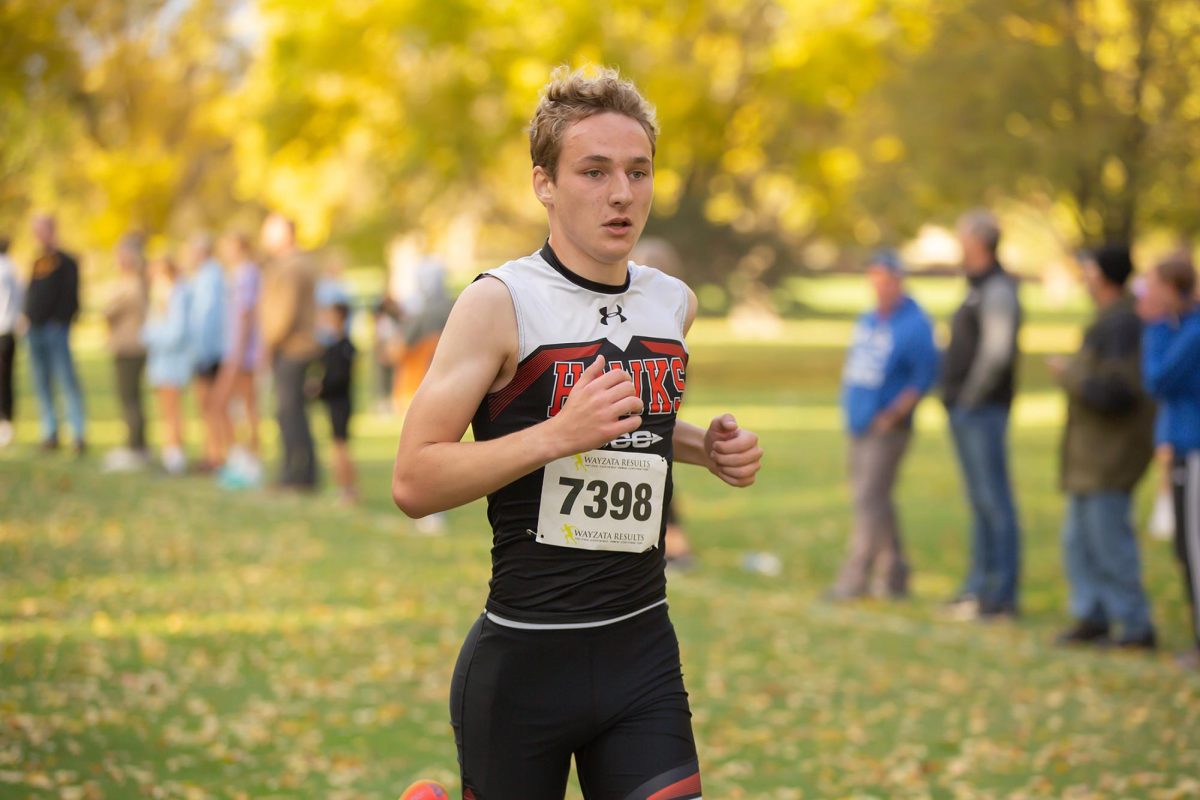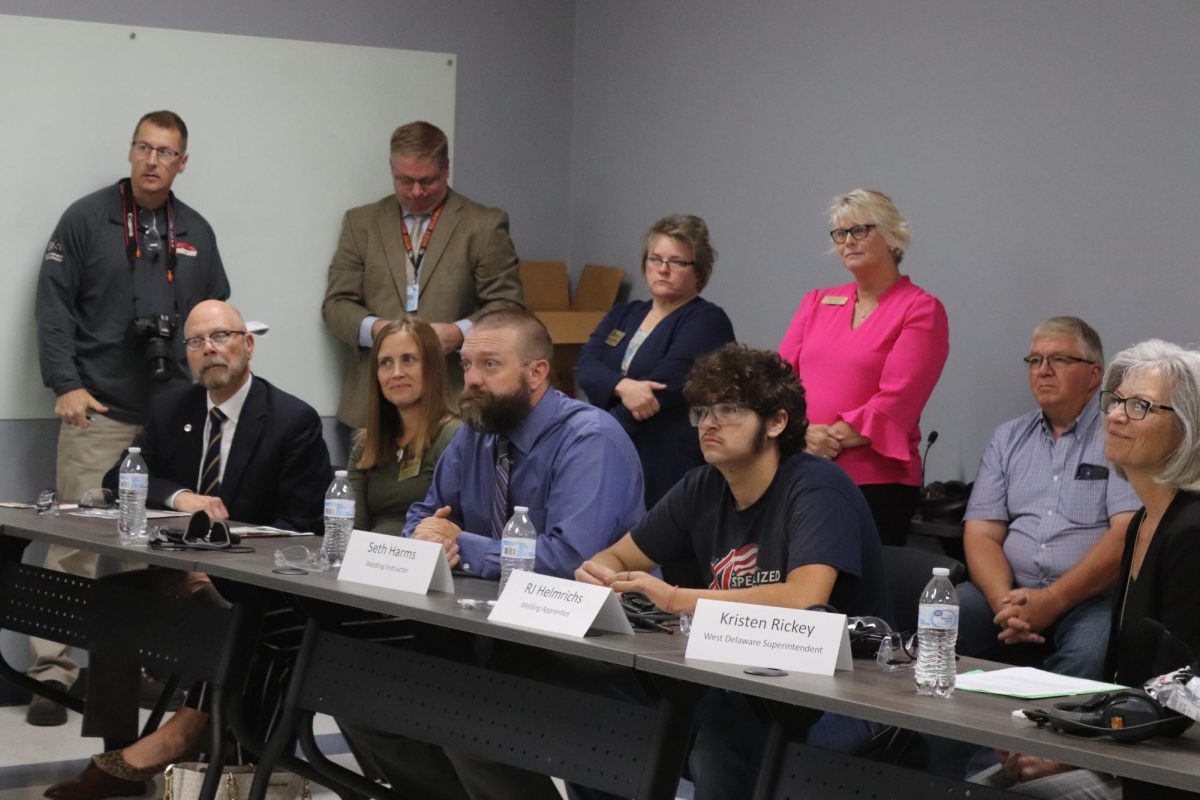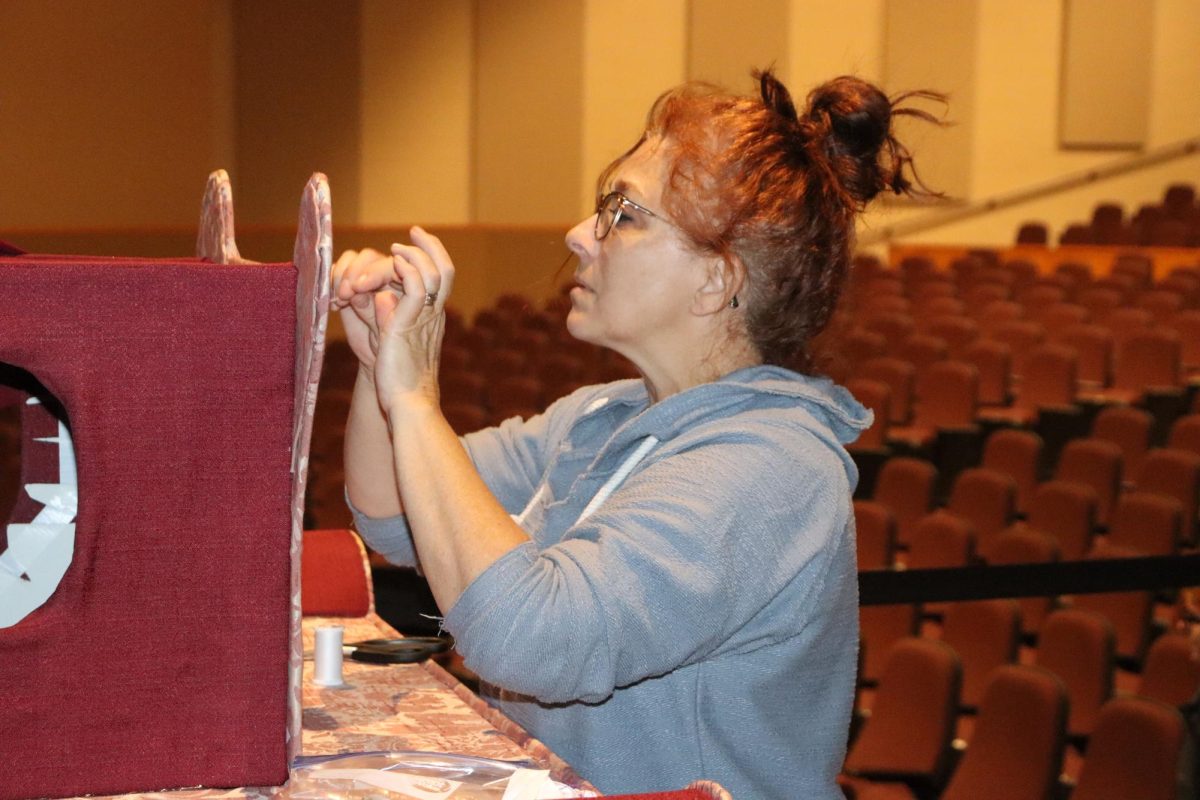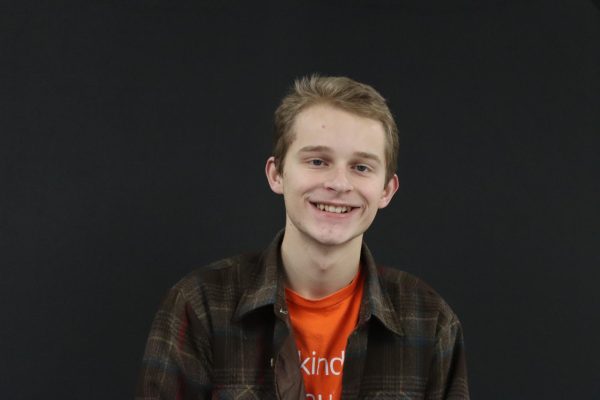From ChatGPT to Grammarly, Artificial Intelligence is becoming a household topic—and it’s not just changing the workforce. It’s transforming education, too.
Matt Seabold, the new strength and conditioning coach, believes in the power of AI as a tool. Seabold uses AI to plan more effective workouts and lessons.
“It’s like Google, right?” Seabold said. “It’s a good tool to use as a resource.”
Recently, Seabold started a new lifting program. Each student has an account on a lifting app called TeamBuildr. Seabold is currently experimenting with AI to export the information from the app into spreadsheets tailored to each student.
“I’ll tell ChatGPT the inputs and where I want them and to write up a formula to calculate what the biggest need of improvement is,” Seabold said. “It will also give me feedback on what I need to improve on, what’s good, and what’s bad. I’ll use it as a guide.”
Seabold also uses AI while teaching health.
“I use AI especially for planning lessons. I’ll say, ‘Give me a good lesson that will keep kids engaged,’” Seabold said. “I’ll use that to kind of help me develop an outline. I’ll fill in the blanks from there.”
Seabold also runs a Lifting Leadership Committee, where students heavily involved in lifting will learn correct techniques and leadership lessons.
“I asked AI to create a logo for the LLC, and it formulated something for me,” Seabold said. “But it will spell stuff wrong and just be wrong in general. I will have to tell it to tweak things.”
Even though Seabold embraces AI as a tool, he is cautious of its negative aspects. Seabold points to paper writing as an example of how AI can be misused.
“When you make it do the work for you, that’s the negative,” Seabold said. “That’s what I don’t like. AI should be a guide to sort the data you want.”
Seabold firmly believes in the power of AI, as long as it is used correctly.
“AI’s not here to do your thinking for you,” Seabold said. “It’s here to help you think better.”

